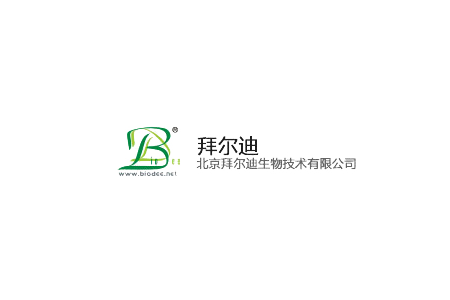

貨號(hào)
產(chǎn)品規(guī)格
售價(jià)
備注
BN40229R-100ul
100ul
¥2360.00
交叉反應(yīng):Human,Mouse,Rat(predicted:Chicken,Dog,Pig,Cow,Horse,Rabbit,GuineaPig) 推薦應(yīng)用:WB,IHC-P,IHC-F,ICC,IF,ELISA
BN40229R-200ul
200ul
¥3490.00
交叉反應(yīng):Human,Mouse,Rat(predicted:Chicken,Dog,Pig,Cow,Horse,Rabbit,GuineaPig) 推薦應(yīng)用:WB,IHC-P,IHC-F,ICC,IF,ELISA
產(chǎn)品描述
| 英文名稱 | EPHA10 |
| 中文名稱 | 酪氨酸蛋白激酶受體A10抗體 |
| 別 名 | EPH receptor A10; EPHA 10; Epha10; EphA10s protein; EPHAA_HUMAN; Ephrin type A receptor 10; Ephrin type-A receptor 10. |
| 研究領(lǐng)域 | 細(xì)胞生物 信號(hào)轉(zhuǎn)導(dǎo) 激酶和磷酸酶 |
| 抗體來(lái)源 | Rabbit |
| 克隆類型 | Polyclonal |
| 交叉反應(yīng) | Human, Mouse, Rat, (predicted: Chicken, Dog, Pig, Cow, Horse, Rabbit, Guinea Pig, ) |
| 產(chǎn)品應(yīng)用 | WB=1:500-2000 ELISA=1:5000-10000 IHC-P=1:100-500 IHC-F=1:100-500 ICC=1:100-500 IF=1:100-500 (石蠟切片需做抗原修復(fù)) not yet tested in other applications. optimal dilutions/concentrations should be determined by the end user. |
| 分 子 量 | 107kDa |
| 細(xì)胞定位 | 細(xì)胞膜 分泌型蛋白 |
| 性 狀 | Liquid |
| 濃 度 | 1mg/ml |
| 免 疫 原 | KLH conjugated synthetic peptide derived from human EPHA10:151-250/1008 <Extracellular> |
| 亞 型 | IgG |
| 純化方法 | affinity purified by Protein A |
| 儲(chǔ) 存 液 | 0.01M TBS(pH7.4) with 1% BSA, 0.03% Proclin300 and 50% Glycerol. |
| 保存條件 | Shipped at 4℃. Store at -20 °C for one year. Avoid repeated freeze/thaw cycles. |
| PubMed | PubMed |
| 產(chǎn)品介紹 | The Eph subfamily represents the largest group of receptor protein tyrosine kinases identified to date (1–3). While the biological activities of these receptors have yet to be determined, there is increasing evidence that they are involved in central nervous system function and in development (1–3). The Eph subfamily receptors of human origin (and their murine/avian homologs) include EphA1 (Eph), EphA2 (Eck), EphA3 (Hek4), EphA4 (Hek8), EphA5 (Hek7), EphA6 (Hek12), EphA7 (Hek11/MDK1), EphA8 (Hek3), EphB1 (Hek6), EphB2 (Hek5), EphB3 (Cek10, Hek2), EphB4 (Htk), EphB5 (Hek9) and EphB6 (Mep). Ligands for Eph receptors include ephrin-A4 (LERK-4) which binds EphA3 and EphB1. In addition, ephrin-A2 (ELF-1) has been described as the ligand for EphA4, ephrin-A3 (Ehk1-L) as the ligand for EphA5 and ephrin-B2 (Htk-L) as the ligand for EphB4 (Htk) (4–7). Function: Receptor for members of the ephrin-A family. Binds to EFNA3, EFNA4 and EFNA5. Subcellular Location: Isoform 1, 3: Cell membrane; Single-pass type I membrane protein (Probable). Isoform 2: Secreted (Probable). Tissue Specificity: Mainly expressed in testis. Similarity: Belongs to the protein kinase superfamily. Tyr protein kinase family. Ephrin receptor subfamily. Contains 1 Eph LBD (Eph ligand-binding) domain. Contains 2 fibronectin type-III domains. Contains 1 protein kinase domain. Contains 1 SAM (sterile alpha motif) domain. SWISS: Q5JZY3 Gene ID: 284656 Database links: Entrez Gene: 284656 Human Entrez Gene: 230735 Mouse Omim: 611123 Human SwissProt: Q5JZY3 Human SwissProt: Q8BYG9 Mouse Unigene: 129435 Human Unigene: 171490 Mouse Unigene: 484372 Mouse Important Note: This product as supplied is intended for research use only, not for use in human, therapeutic or diagnostic applications. |